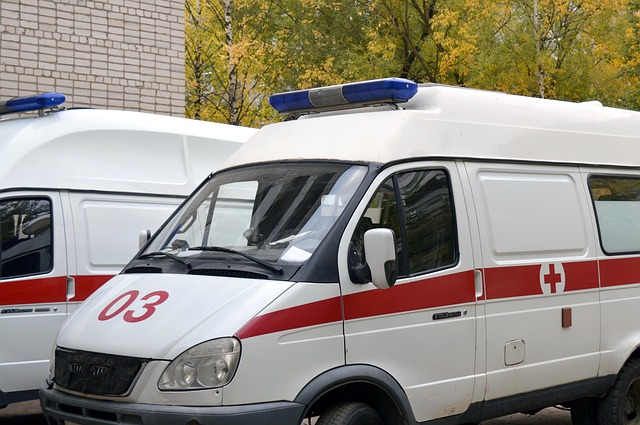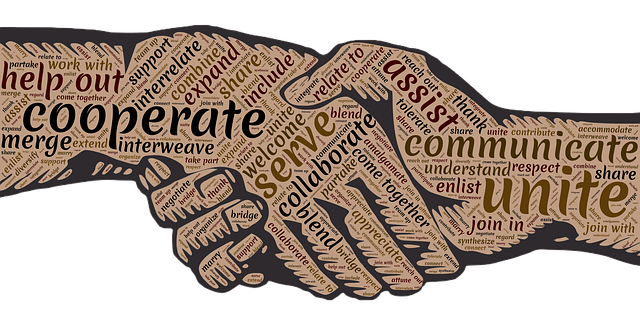Denver utilizes tree fertilization programs to combat Emerald Ash Borer (EAB) infestations, focusing on personalized nutrient plans for ash trees, including nitrogen, phosphorus, and potassium. This strengthens trees against EAB larvae, enhancing urban forest health through holistic treatments, monitoring, pruning, and water management. Community involvement is crucial in these efforts.
In Denver, tree care fertilization programs play a vital role in maintaining urban landscapes. This article explores how these programs, tailored to the unique needs of local trees, contribute to healthier and more vibrant neighborhoods. We delve into the specific challenges posed by pests like the Emerald Ash Borer and how effective fertilization can serve as a treatment solution. Additionally, we discuss creating sustainable plans for neighborhood trees, ensuring their longevity and resilience in Denver’s ever-evolving urban environment.
- Understanding Tree Fertilization Programs in Denver
- The Role of Fertilizer in Emerald Ash Borer Treatment
- Creating a Sustainable Plan for Neighborhood Trees
Understanding Tree Fertilization Programs in Denver

In Denver, tree fertilization programs are crucial tools for maintaining and enhancing urban forests. These programs involve carefully tailored applications of nutrients to support trees’ overall health and resilience. The unique climate and soil conditions in Denver require specific approaches to fertilization, focusing on addressing nutrient deficiencies while promoting balanced growth. One notable concern in recent years has been the impact of the Emerald Ash Borer (EAB), an invasive pest that affects ash tree species. Effective treatment for EAB in Denver neighborhoods often integrates fertilization strategies, aiming to strengthen trees against infestation and promote recovery.
By understanding the specific needs of different tree species and soil types, professionals design fertilization programs that target essential nutrients like nitrogen, phosphorus, and potassium. These treatments not only support robust growth but also improve trees’ ability to withstand environmental stressors, including pests and diseases. In the context of Denver’s urban landscape, these programs play a vital role in maintaining the beauty and health of neighborhoods, parks, and public green spaces, ensuring that trees remain vibrant and resilient for years to come.
The Role of Fertilizer in Emerald Ash Borer Treatment

In the battle against the devastating impact of the Emerald Ash Borer (EAB) in Denver neighborhoods, tree care fertilization programs play a crucial role in treatment and prevention strategies. Fertilizers are not merely nutritional supplements for trees; they act as a defense mechanism by strengthening the plant’s natural resistance to pests and diseases. When applied correctly, fertilizers can help ash trees survive EAB infestations, which have been particularly severe in Denver’s urban areas.
By analyzing soil conditions and identifying nutrient deficiencies, arborists can develop tailored fertilization plans. These programs focus on providing essential elements like nitrogen, phosphorus, and potassium, enhancing the tree’s overall health. Well-nourished trees are better equipped to fend off EAB larvae that bore into the trunk and feed on the tree’s inner bark. Regular fertilization treatments in Denver neighborhoods not only support ash tree survival but also contribute to a more robust and resilient urban forest ecosystem.
Creating a Sustainable Plan for Neighborhood Trees

In creating a sustainable plan for neighborhood trees, it’s crucial to integrate eco-friendly practices that promote long-term health and resilience. This includes strategic fertilization programs tailored to Denver’s unique ecosystem and challenges, such as the presence of the Emerald Ash Borer (EAB). By focusing on organic or slow-release fertilizers, communities can minimize environmental impact while enhancing soil nutrient availability for tree roots.
Treatment for EAB involves a holistic approach that goes beyond chemical interventions. Balanced fertilization, combined with proper pruning and water management, helps strengthen trees against infestations. Neighborhood initiatives should encourage regular monitoring, early detection of EAB activity, and collaborative efforts between residents, local arborists, and urban forest managers to implement effective, sustainable solutions for tree care.
In Denver, understanding tree care fertilization programs is essential for maintaining healthy urban forests. By addressing the specific needs of neighborhood trees and incorporating sustainable practices, we can effectively manage pests like the Emerald Ash Borer. A well-planned fertilization strategy not only enhances tree vitality but also contributes to a vibrant and resilient urban landscape. When considering treatment for Emerald Ash Borer in Denver neighborhoods, adopting eco-friendly approaches ensures a greener future for our cities.
